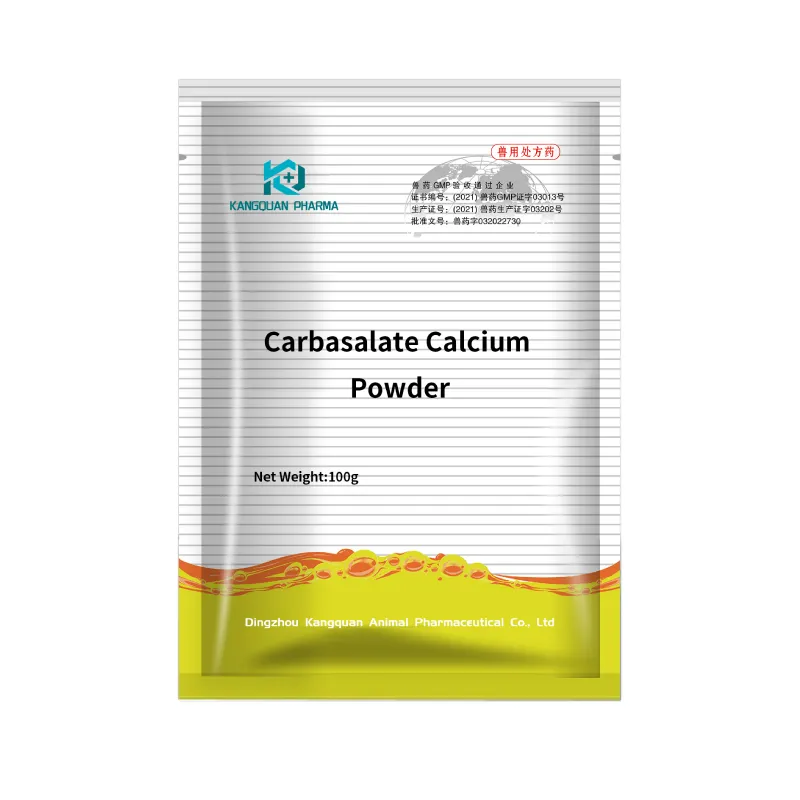- Afrikaans
- Albanian
- Amharic
- Arabic
- Armenian
- Azerbaijani
- Basque
- Belarusian
- Bengali
- Bosnian
- Bulgarian
- Catalan
- Cebuano
- Corsican
- Croatian
- Czech
- Danish
- Dutch
- English
- Esperanto
- Estonian
- Finnish
- French
- Frisian
- Galician
- Georgian
- German
- Greek
- Gujarati
- Haitian Creole
- hausa
- hawaiian
- Hebrew
- Hindi
- Miao
- Hungarian
- Icelandic
- igbo
- Indonesian
- irish
- Italian
- Japanese
- Javanese
- Kannada
- kazakh
- Khmer
- Rwandese
- Korean
- Kurdish
- Kyrgyz
- Lao
- Latin
- Latvian
- Lithuanian
- Luxembourgish
- Macedonian
- Malgashi
- Malay
- Malayalam
- Maltese
- Maori
- Marathi
- Mongolian
- Myanmar
- Nepali
- Norwegian
- Norwegian
- Occitan
- Pashto
- Persian
- Polish
- Portuguese
- Punjabi
- Romanian
- Russian
- Samoan
- Scottish Gaelic
- Serbian
- Sesotho
- Shona
- Sindhi
- Sinhala
- Slovak
- Slovenian
- Somali
- Spanish
- Sundanese
- Swahili
- Swedish
- Tagalog
- Tajik
- Tamil
- Tatar
- Telugu
- Thai
- Turkish
- Turkmen
- Ukrainian
- Urdu
- Uighur
- Uzbek
- Vietnamese
- Welsh
- Bantu
- Yiddish
- Yoruba
- Zulu
10 月 . 06, 2024 01:23 Back to list
ivermectin injection for cattle and swine
Ivermectin Injection for Cattle and Swine An Overview
Ivermectin is a broad-spectrum antiparasitic agent widely used in veterinary medicine, particularly for livestock such as cattle and swine. Its efficacy in controlling a variety of internal and external parasites has made it a staple in the management of animal health. This article will explore the benefits, usage, and important considerations regarding the use of ivermectin injection in cattle and swine.
Mechanism of Action
Ivermectin works by enhancing the permeability of cell membranes of parasites, leading to paralysis and death. It specifically targets glutamate-gated chloride channels, which are abundant in invertebrate nervous systems. This action disrupts the parasite's ability to maintain their ionic balance, effectively immobilizing and eventually killing them. The drug is particularly effective against nematodes (roundworms), arthropods (such as lice and mites), and certain cestodes (tapeworms), making it a versatile choice for veterinarians.
Benefits of Ivermectin Injection
1. Broad-Spectrum Efficacy One of the key advantages of ivermectin is its ability to target a wide range of parasites, reducing the need for multiple medications. This not only simplifies treatment protocols but also cuts down on the cost and complexity associated with managing livestock health.
2. Ease of Administration The injectable form of ivermectin is straightforward to administer, allowing for precise dosing and immediate action. This is particularly useful in large animals, where oral administration can be challenging.
3. Long-Lasting Effects Ivermectin has a prolonged residual activity, providing extended protection against reinfestation. This is crucial in environments where exposure to parasites is high.
4. Withdrawal Periods Ivermectin generally has a relatively short withdrawal period, making it suitable for livestock that are soon to be processed for meat. This ensures that consumers are not exposed to harmful residues in animal products.
ivermectin injection for cattle and swine

Usage Guidelines
When using ivermectin injection, it's essential to follow proper dosage guidelines to ensure efficacy and minimize the risk of resistance development. The dosage can vary depending on the type of parasite being targeted and the specific animal being treated. For cattle, the typical dosage is about 200 micrograms per kilogram of body weight, while for swine, it usually ranges from 300 to 400 micrograms per kilogram.
It is also important to administer the injection subcutaneously or intramuscularly, as intravenous use can lead to adverse effects. Veterinarians should be consulted to determine the appropriate treatment protocol based on the specific needs of the herd.
Considerations and Resistance Management
While ivermectin is highly effective, the potential for developing resistance among parasite populations is a growing concern. To mitigate this risk, it is advisable to rotate anthelmintic classes and implement integrated parasite management strategies. This could include pasture rotation, good hygiene practices, and the use of complementary treatments to reduce the overall parasite burden.
Additionally, farmers should monitor their animals closely for signs of reinfestation or treatment failure. Regular fecal egg counts can help assess the effectiveness of the treatment and guide future management decisions.
Conclusion
Ivermectin injection plays a crucial role in the health management of cattle and swine. Its broad-spectrum efficacy, ease of administration, and long-lasting effects make it an invaluable tool for livestock producers. However, responsible use is paramount to prevent the development of resistance. By adhering to dosage guidelines and employing integrated management strategies, farmers can ensure a healthier herd and contribute to the sustainability of livestock production. With continued research and education, the challenges associated with parasitic infections in cattle and swine can be effectively managed, ultimately benefiting animal welfare and the agricultural sector as a whole.
-
The Power of Radix Isatidis Extract for Your Health and Wellness
NewsOct.29,2024
-
Neomycin Sulfate Soluble Powder: A Versatile Solution for Pet Health
NewsOct.29,2024
-
Lincomycin Hydrochloride Soluble Powder – The Essential Solution
NewsOct.29,2024
-
Garamycin Gentamicin Sulfate for Effective Infection Control
NewsOct.29,2024
-
Doxycycline Hyclate Soluble Powder: Your Antibiotic Needs
NewsOct.29,2024
-
Tilmicosin Premix: The Ultimate Solution for Poultry Health
NewsOct.29,2024













